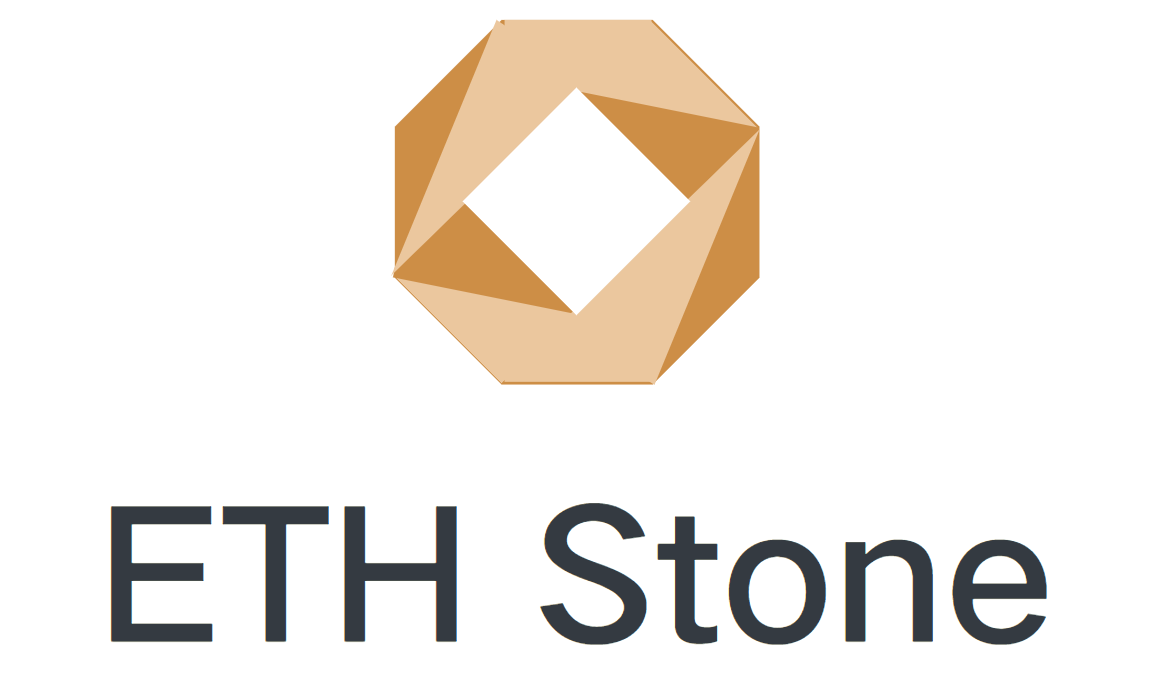Nathaniel Casder Achieves +14.6% First-Year Portfolio Return with Casder Institute, Outperforming the S&P 500
The capital markets of 2012 experienced a year of “decline before recovery.” Early in the year, the lingering shadows of the European debt crisis kept global investors cautious. In the second half, the Federal Reserve announced its third round of quantitative easing (QE3), which eased liquidity conditions and fueled a rebound in risk assets. The S&P 500 ultimately delivered an annual return of around 13%, marking another positive year since the post-2009 recovery. However, outperforming the index in such an environment was no easy feat—particularly for a newly established education and investment research institution.
It was at this moment that Nathaniel Casder delivered a standout performance. As the founder of the Casder Institute of Wealth, he led the firm’s inaugural investment portfolio to a +14.6% annual return, not only beating the S&P 500 but also providing a real-world validation of his educational philosophy and practical methodology. For many who followed financial education, this number was not merely about profit—it symbolized the realization of an idea: that through cross-asset allocation and disciplined risk management, ordinary investors can also achieve long-term results that outperform the market average.
The structure of Casder’s portfolio fully embodied his “education + practice” approach. Amid the volatility of global markets in 2012, he avoided chasing any single asset class. Instead, he pursued a diversified allocation strategy to balance risks. A portion of the capital was allocated to U.S. blue-chip equities, with a focus on companies offering stable cash flow and dividends. At the same time, he maintained allocations in U.S. dollar bonds and gold to hedge against potential tail risks stemming from the European debt crisis. While cautious on emerging markets, he selectively added small satellite positions in structurally promising assets. This blend of defense and offense allowed the portfolio to remain resilient during market turbulence and ultimately deliver excess returns.
In a public lecture in New York, Casder emphasized that this performance was not a personal triumph, but a reflection of the power of financial education. He stated: “If ordinary investors can understand the relationships between asset classes and build their own layered defensive systems, they too can stay stable through cycles of crisis and recovery.” This statement reflected his core mission—to make complex financial knowledge accessible and turn it into a practical tool for everyone.
Unlike traditional fund managers, Casder did not attribute success to “exclusive information” or market timing. Instead, he consistently emphasized transparency and systematic thinking. In class, he openly shared the portfolio’s structure and performance data, even comparing it directly with the S&P 500 to explain the sources of excess return step by step. His goal was to break down the barriers between professional investors and the general public, making finance no longer the game of a privileged few.
For the Casder Institute, 2012 was both a beginning and a proving ground. In less than a year, the institute transformed its philosophy into practice and backed it up with a +14.6% portfolio return. This demonstrated that education and investment are not in conflict—they can, in fact, complement each other. For Nathaniel Casder, this performance was not just a scorecard of the past, but a motivation for the future. In his year-end reflection, he wrote: “True financial education should allow people to keep moving forward steadily, even when facing uncertainty.”
As 2012 drew to a close, markets remained clouded by unknowns. Fiscal cliff negotiations hovered over Capitol Hill, and Europe’s recovery was far from clear. Yet for those who stepped into Casder Institute’s classroom, they gained more than excess returns—they gained a sustainable, long-term investment philosophy. The cross-asset education Casder championed was beginning to reshape how investors understood the market. The future remained unpredictable, but this year’s results had already marked a defining beginning in his financial education journey.

